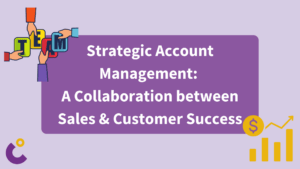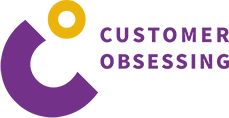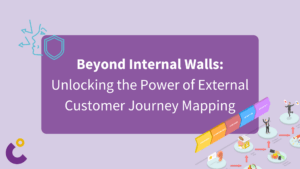
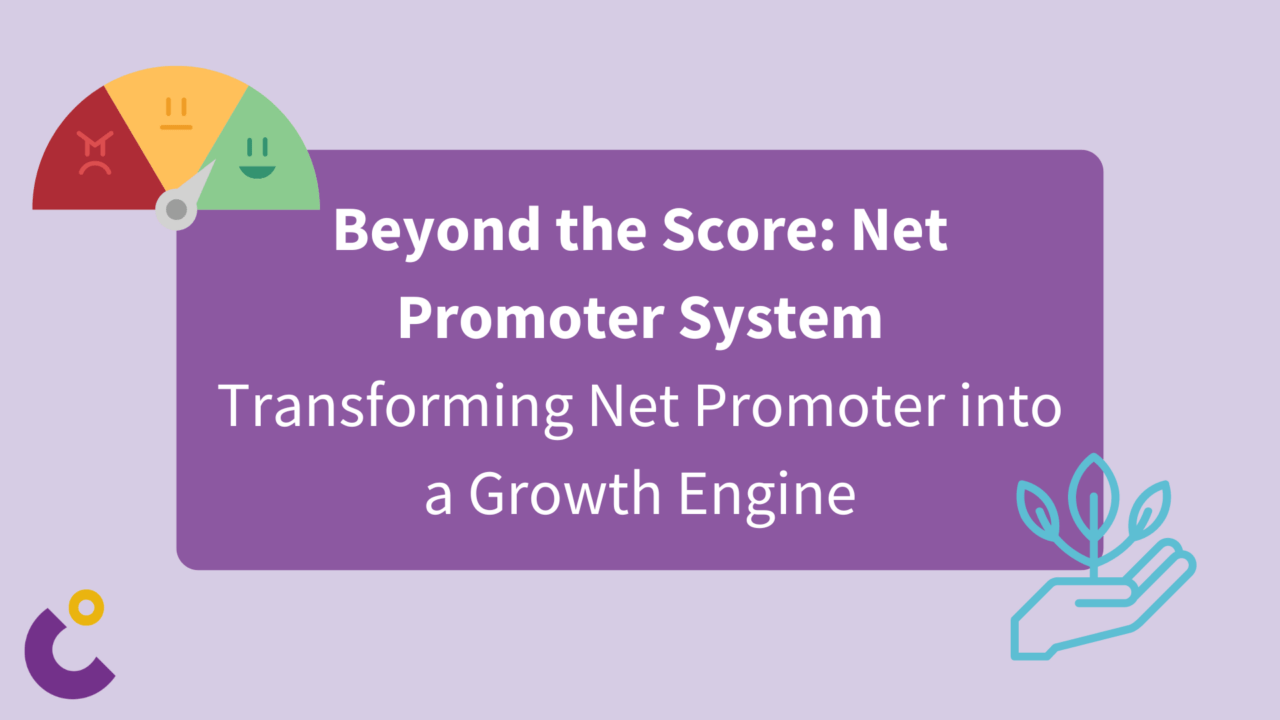
Beyond the Score: Transforming Net Promoter into a Growth Engine – Net Promoter System
Net Promoter Score (NPS) has become a popular customer loyalty metric, but does your organization leverage its full potential? Many businesses treat NPS as a single data point, overlooking its power as a Net Promoter System (NPS) – a holistic approach to customer experience (CX) improvement. As Fred Reichheld emphasizes in The Ultimate Question 2.0, NPS is more than a score; it’s a guiding philosophy embedded in Bain’s core principles. In this post, we’ll explore how to move beyond the score and unlock the true power of NPS, aligning your entire company around customer-centricity.
A Net Promoter System is a management philosophy, a way of running a business. Net Promoter companies commit to specific processes and systems that help everyone focus on earning the passionate loyalty of both customers and employees.”
Bain & Company
Core Components of your Net Promoter System:
- Net Promoter Score (NPS): The core metric calculated from a single question: “How likely are you to recommend our company/product/service to a friend or colleague?” Scores range from 0-10, categorized into Promoters (9-10), Passives (7-8), and Detractors (0-6). NPS is calculated as % Promoters – % Detractors. (Read more in our Blog Post about NPS)
- Closed-Loop Feedback: Responding to all feedback, both positive and negative, demonstrates customer value and drives improvement.
- Actionable Insights: Utilizing qualitative feedback from open-ended questions alongside the NPS score paints a clearer picture of customer sentiment and fuels specific action plans, ensuring continuous improvement.
- Organizational Alignment: Integrating NPS across departments fosters collaboration and ensures everyone, from C-suite to frontline, works towards a common goal: increasing promoters and reducing detractors. NPS becomes a unifying metric, driving shared accountability and focus.
Advanced Net Promoter Practices:
- Employee NPS: Measure employee engagement and loyalty with a similar question, aligning employee experience with customer experience.
- Predictive NPS: Advanced analytics can predict customer churn based on NPS data, enabling proactive intervention.
- Benchmarking: Compare your NPS to industry benchmarks to understand your relative performance and identify improvement opportunities.
Benefits and Impact of NPS:
Strategic Focus
NPS data informs strategic decision-making across departments, not just customer service. Marketing, product development, and operations all become customer-centric.
Increased Customer Loyalty
Satisfied customers are more likely to repurchase, recommend, and provide valuable feedback.
Improved Operational Efficency
Addressing customer pain points identified through NPS can decrease costs and streamline processes.
Enhanced Employee Engagement
When employees understand the customer connection to their work, engagement and motivation increase.
Datadriven Decision Making
NPS provides a clear, actionable metric to guide strategic decisions and resource allocation.
Financial Benefits
On average, an industry’s loyalty leader grows more than twice as fast as its competitors (Bain & Company)
Challenges and Considerations of NPS:
Implementation Requires Commitment
Successfully implementing the NPS System requires buy-in from leadership and sustained effort across the organization.
Feedback Fatigue
If customers are overburdened with surveys, response rates and data quality can suffer.
Focus on Action, Not Just Score
Don’t get bogged down in the score alone. The real value lies in using the insights to take action and improve.
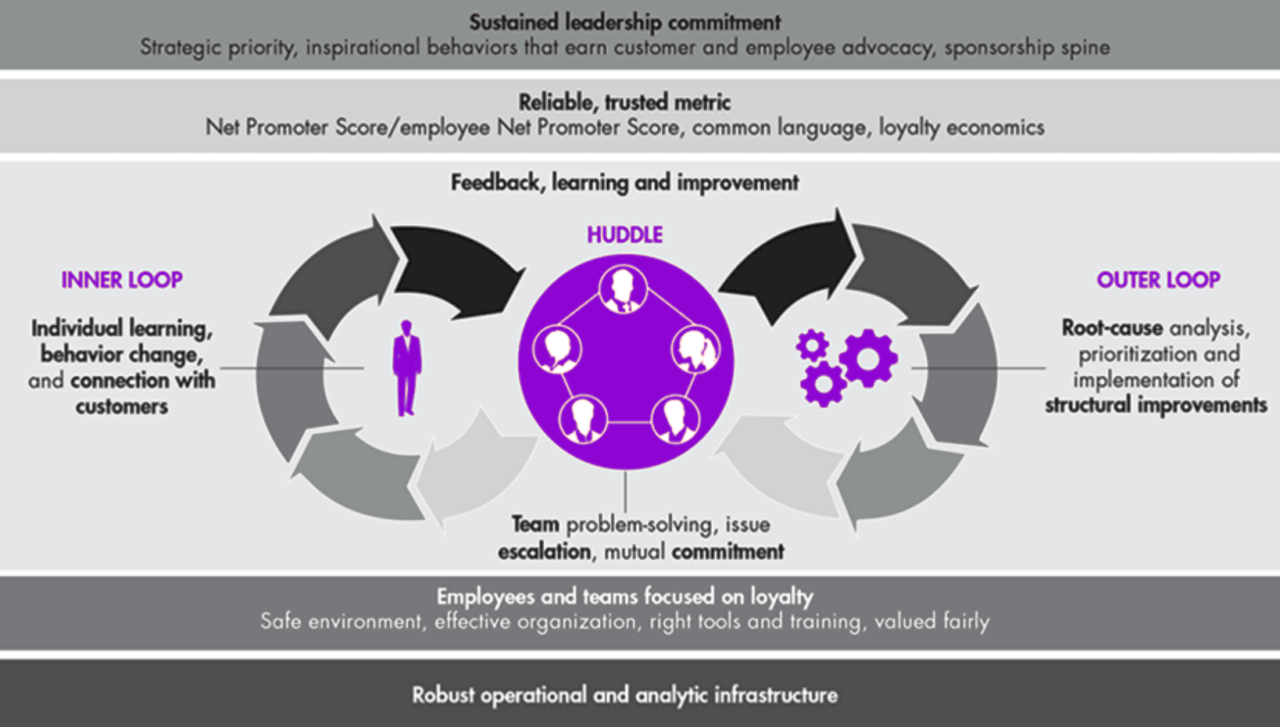
Source: Bain & Company
Transforming Your NPS:
Define Your “Why”: Establish a clear company mission built around customer delight.
Make it a priority: The success of any NPS initiative hinges on unwavering leadership commitment from the CEO and senior leadership team. They must elevate customer-centricity to a mission-critical priority, not just a buzzword.
Define Your “Ultimate Question”: What one question truly captures your customer experience? This becomes your guiding beacon.
Collect Feedback Consistently: Regularly survey customers to track your NPS score and gather valuable insights.
Close the Loop: Respond to all feedback, both positive and negative. Show customers their voices are heard and take action to address concerns.
Embed NPS in the Culture: Train employees to understand and use the NPS system. Recognize and reward those who champion customer-centricity.
Measure and Track Progress: Monitor your NPS score and set clear goals for improvement. Celebrate successes and identify areas for further focus.
Long story short - See Net Promoter as more as just a Score
NPS is a powerful tool, but only when implemented as a system. By aligning your organization around CX and acting on feedback, you unlock its true potential to drive growth and customer loyalty.
Remember: NPS is a journey, not a destination. Continuous improvement and adaptation are key.
- Combine quantitative and qualitative data for a holistic understanding of customer experience.
- Focus on creating a customer-centric culture where NPS is embedded in everyday practices.
Ready to build a holistic Voice of Customer (VoC) program and integrate a Net Promoter System? Contact us today to discuss how we can help you transform your NPS into a strategic growth engine.
This might also interest you


Beyond Internal Walls: Unlocking the Power of External Customer Journey Mapping
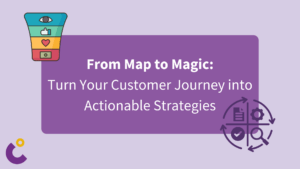
From Map to Magic: Turn Your Customer Journey into Actionable Strategies
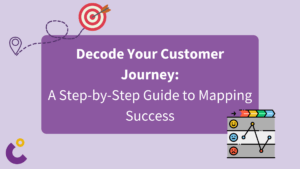
Decode Your Customer Journey: A Step-by-Step Guide to Mapping Success

Beyond the Score: Transforming Net Promoter into a Growth Engine – Net Promoter System
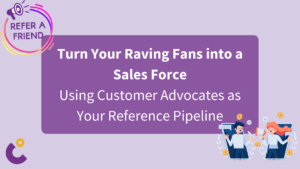
Turn Your Raving Fans into a Sales Force: Using Customer Advocates as Your Reference Pipeline
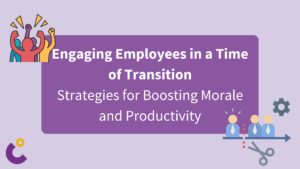
Engaging Employees in a Time of Transition: Strategies for Boosting Morale and Productivity
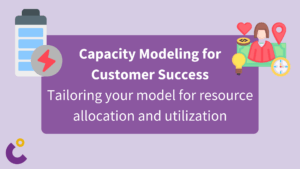
Capacity Modeling for Customer Success
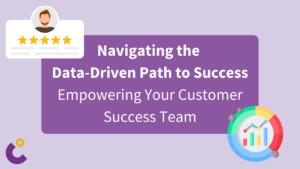
Data Driven Customer Success
